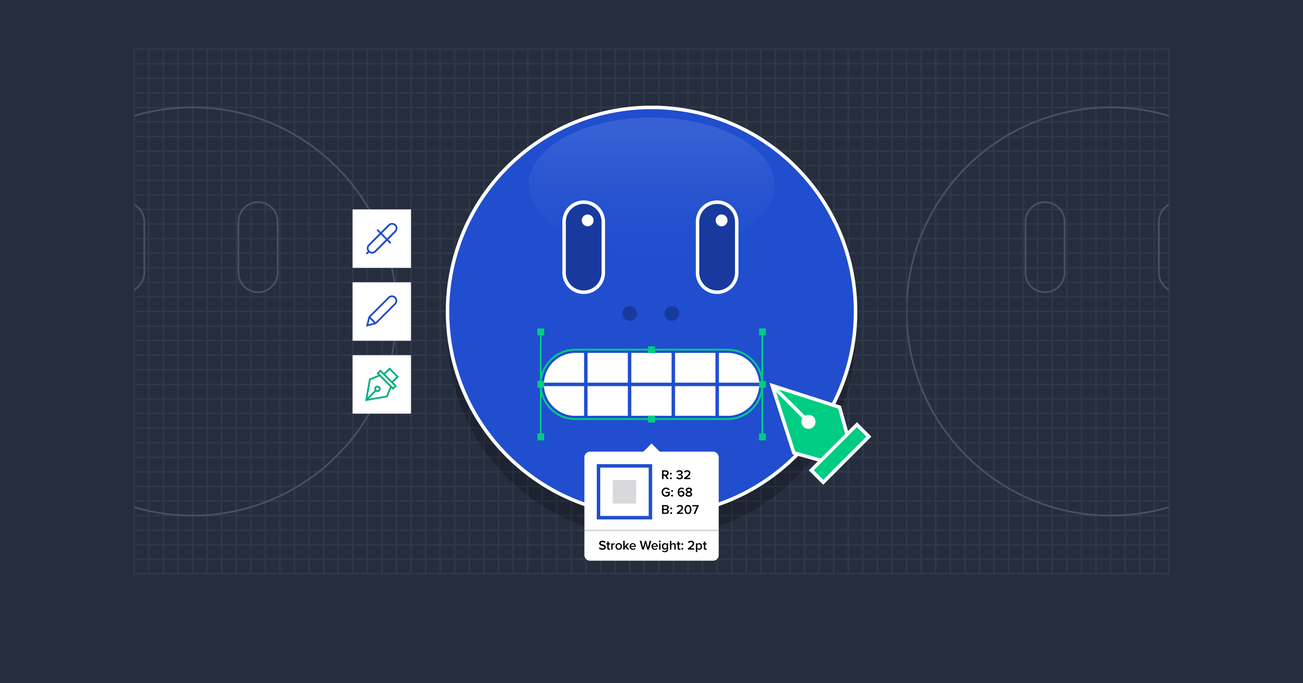Evolving Emojis: Designing for the New Face of Messaging
Emojis are universal symbols of expression, transcending cultural and linguistic divides. As technology continues to advance, designers will be the ones to define the next evolution of human communication.
Emojis are universal symbols of expression, transcending cultural and linguistic divides. As technology continues to advance, designers will be the ones to define the next evolution of human communication.
Julie specializes in art direction, branding, and illustration, and she’s co-founder of an iOS app called COSIMO.
Expertise
PREVIOUSLY AT

The consumer’s fragmented gaze is directed in many spaces. Consumer attention is divided between screens and apps. The average consumer spends about four hours per day on mobile phones with text messages accounting for a majority of the communication time. 50% of time spent is in social, messaging, media, and entertainment applications. This growth has been fueled by “communitainment,” or communication for the sole purpose of entertainment.
Each space for communication presents an opportunity for brands and designers to connect with their audience. Emojis are wildly popular on communication platforms because they expedite these connections.
Emojis are more casual than words and add clarity to a phrase that might otherwise possess ambiguous sentiment. With emojis, consumers can express emotions such as sadness and joy without having to commit to the rigidity of callous words.

Receiving an emoji feels like getting a handwritten letter—more of a personal touch than a regular text message. Emojis are a universal language, transcending cultures and defying rules. With emojis, sentiments can be expressed more quickly and precisely. As communication technology continues to advance, the emojis will evolve with it.
Emojis by the Numbers
- In total, there are 2,666 emojis in the Unicode standard.
- 6 billion emojis are used every day in electronic communication.
- 74% of people in the US regularly use stickers, emoticons, or emojis in their online communication, sending an average of 96 emojis or stickers per day.
As our reliance on mobile devices for communication continues to increase, consumers look for ways to enhance the mobile messaging experience by expressing their emotions through pictures. Emojis are the most obvious example, but newer additions like mobile GIFs, iMessage stickers, and Animoji are helping to add more flavor and humor to the mix.
Communication between people happens at lightning speed these days. Our brains process symbols a thousand times faster than reading text. Pictographs provide opportunities for instant recognition. Now, illustrators, typography specialists, and graphic designers possess more ways than ever to provide value to their clients.
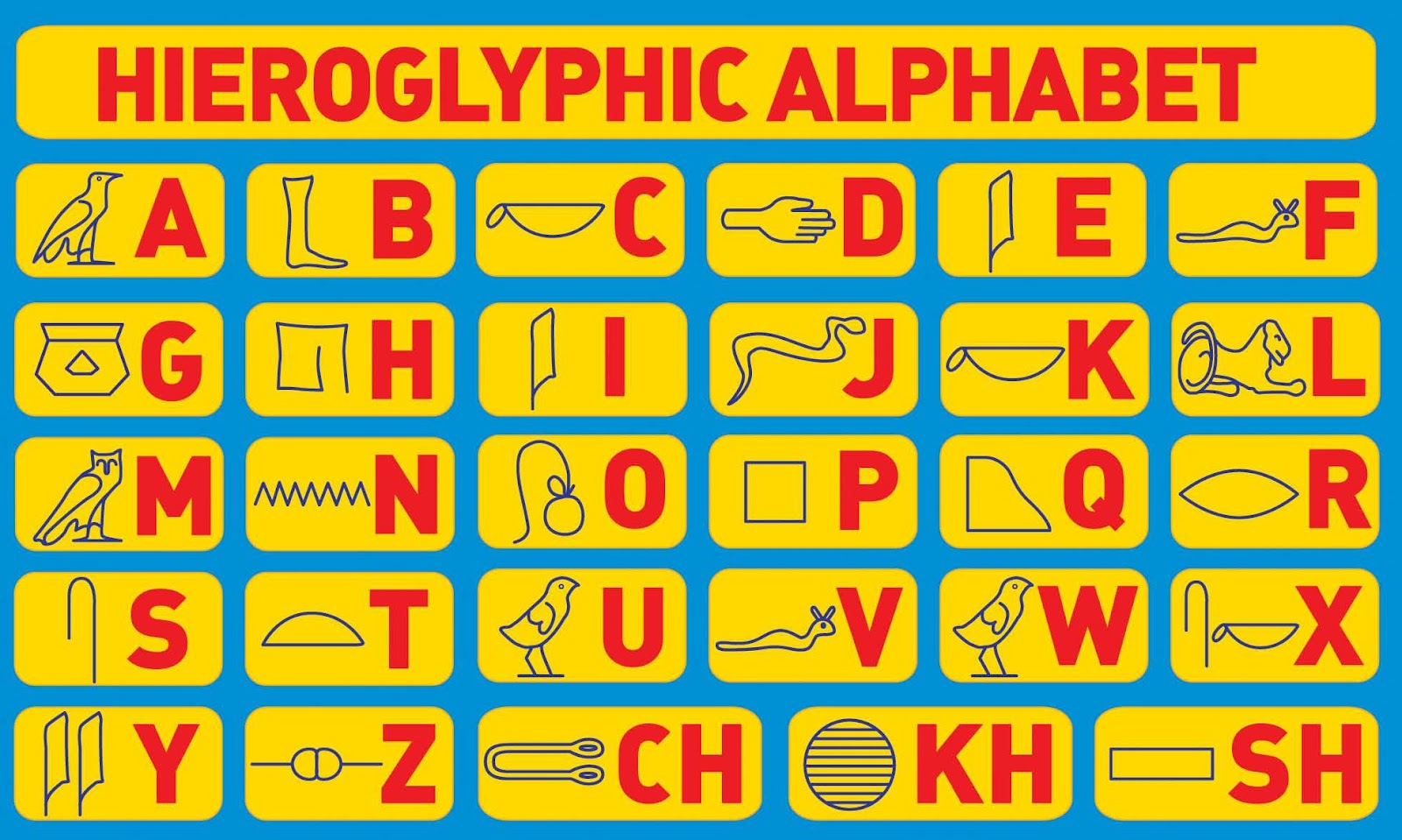
Evolution of the Emoji
35,000 years ago, the earliest ancestors of emoji language were designed to share knowledge and human experience via symbols painted on the walls of caves in Europe. In ancient Egypt, a complex system of hieroglyphic symbols were codified to communicate throughout the land. In more modern times, similar designs have been standardized to communicate meaning directly and efficiently.
However, with the advent of personal computing, pictograph designs have become more personalized to convey individual emotions. 1982 was the dawn of the digital emoticon :-), 1987 saw the invention of the first GIF, and in 1997, the ASCII emoticon dictionary was registered with US Copyright Office.
This concept of communicating with symbols rather than—or in addition to—words certainly helped pave way for a global embrace of emojis.
A set of emoji icons was offered by a Japanese mobile communications provider in 1999. In total, the set included 176 symbols each on 12x12 pixels in dimension. By 2011, a uniform emoji code had been established and was integrated into the iPhone keyboard.
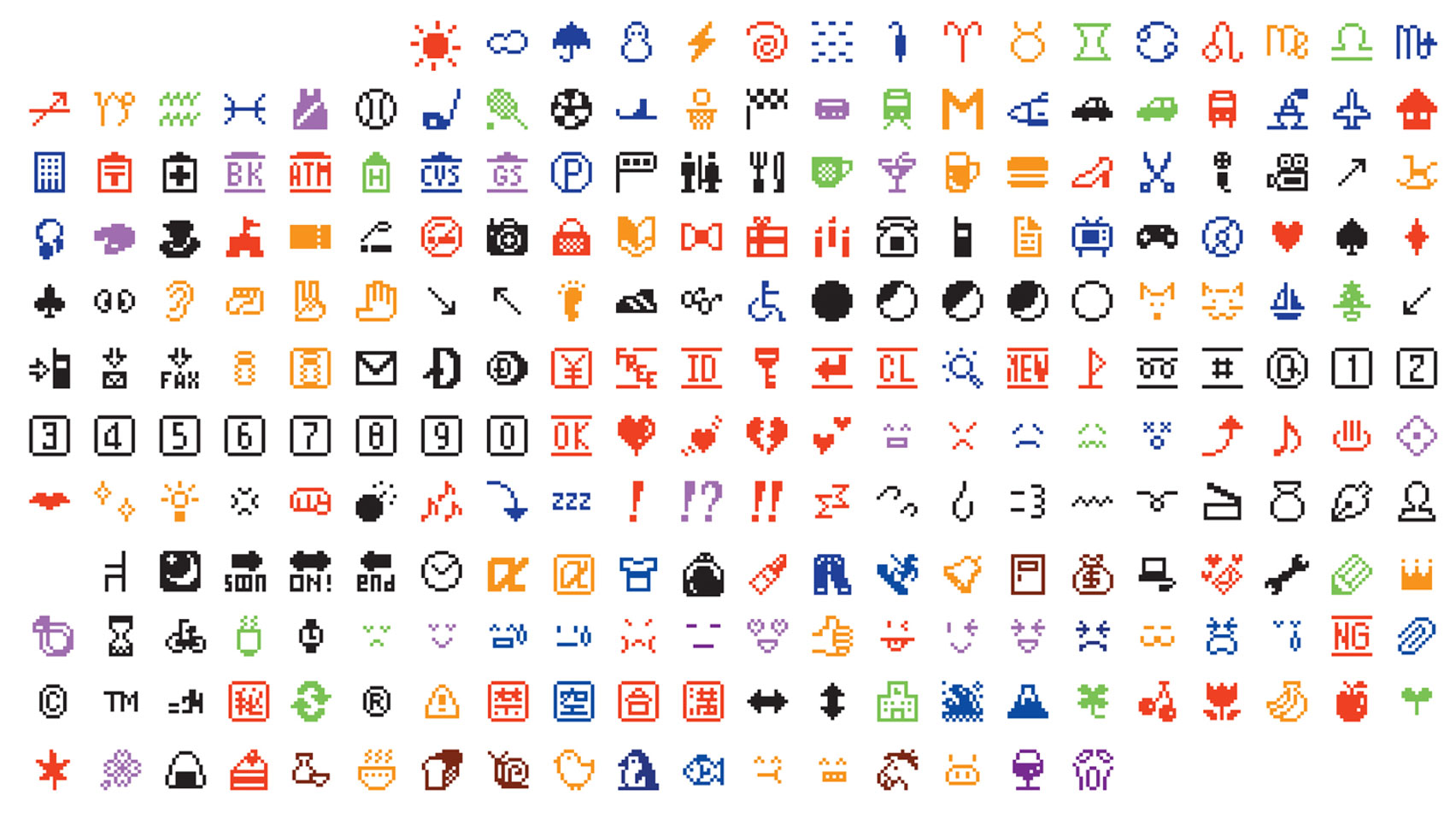
In the following years of emoji evolution, options were added to accommodate more gender and racial diversity. 2013 saw the publication of Emoji Dick, an all-emoji translation of Melville’s classic. More than 800 people spent 3,795,980 seconds working to create the book.

Today, custom emojis have been integrated into all the dominant messaging platforms from Apple’s App Store for iMessage to Gmail and Facebook Messenger. The default method for responding to text messages on Apple Watch is with emojis. Even weather apps like Poncho use emojis to more efficiently communicate the particularities of a forecast with more precision than the words “partly cloudy” ever could.
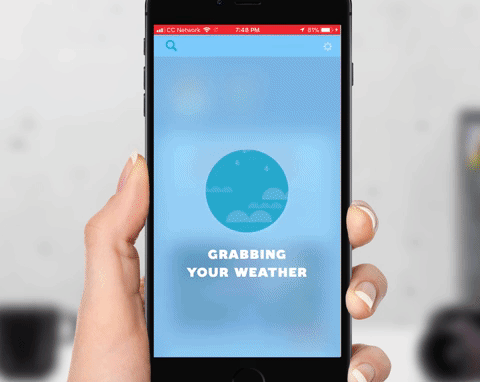
The future of the emoji is in democratization. New platforms, such as the App Store for iMessage, are opening up. The barriers to entry are lower for adding original emoji designs into our most commonly used methods of communication.
The Messages App Store: Where Good Design Sticks Out
200,000 iMessages are sent every second. Now with iMessages “stickers,” more and more of those pocket pings feature images. After just one week of its introduction into the iPhone, Apple’s App Store for iMessage already had over 1,650 apps, more than the original iPhone had at launch—and most of these were sticker packs.
It’s easier than ever for a designer to have their graphics published onto a platform that can serve millions of eyeballs. Anyone can publish a sticker pack to the Messages App store. The prerequisites are slim relative to requirements for developing and submitting a full-fledged iPhone app.
Stickers from Messages apps are substituting “traditional” emojis from the unicode keyboard. Anthropomorphized food emojis are particularly popular. Cheer on a colleague with a smiling pepperoni pizza jumping up and down waving pom poms in the air. Send a laughing pretzel in response to a funny text or a winky hamburger to play coy and your meaning still comes across.
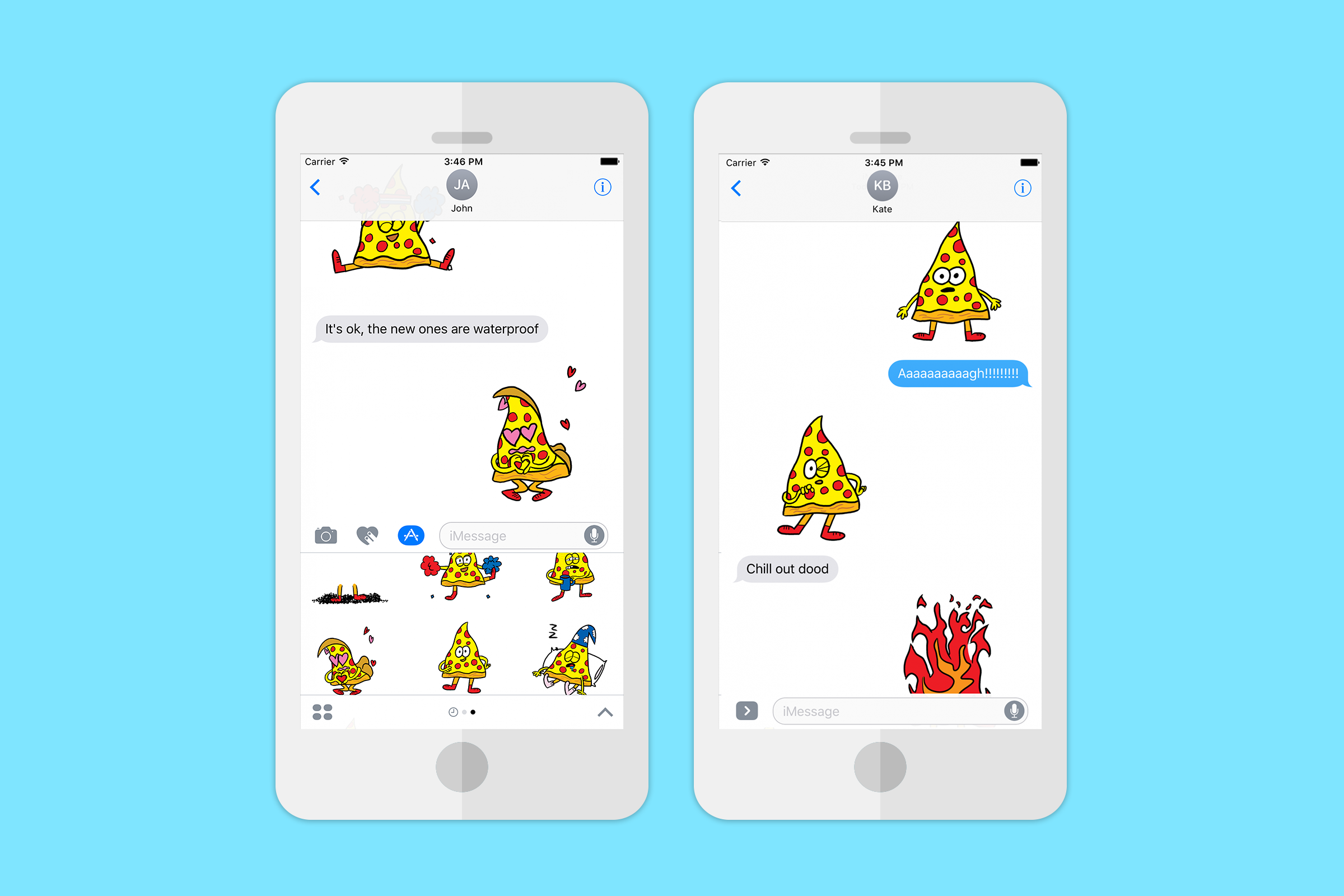
Consumers love stickers because they are so personalized. Expressions can be richer and more surprising than using the standard emoji keyboard. Furthermore, stickers can be stuck anywhere within the canvas of a Messages conversation. This enables more nuanced communication. It’s also just plain fun.
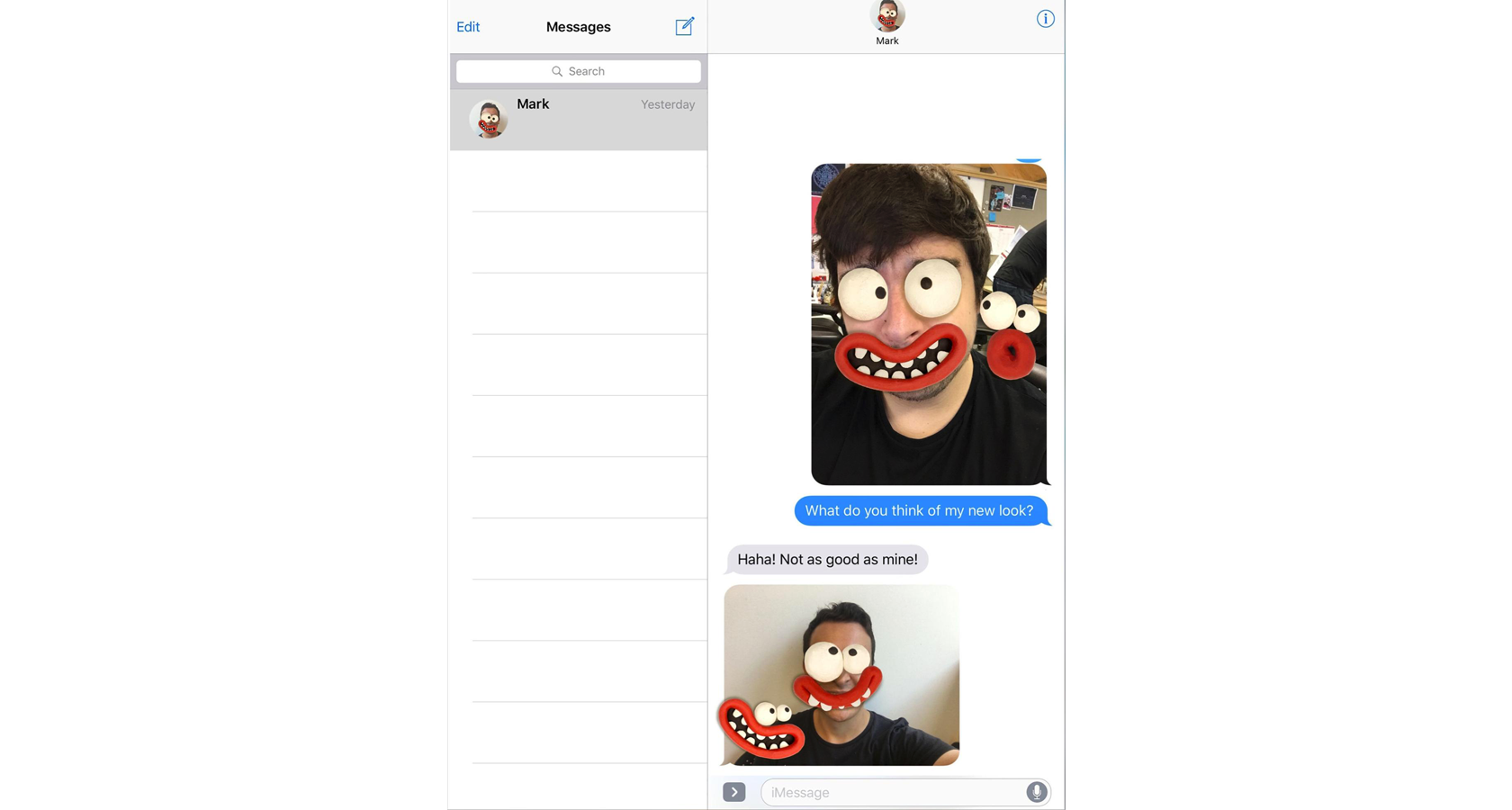
Consumers crave the opportunity to send custom messages so much that they’re even willing to shell out a few bucks. A consumer who rarely downloads paid apps that took a whole team months to develop won’t think twice before paying $1.99 to purchase a set of a dozen icons.

Companies can extend their brands into a new medium, right in the midst of our favored platform for communication—our text messages. The brands don’t even have to allocate funds from their advertising budgets to do it. If their stickers are well-designed, the consumers themselves are more than happy to pick stickers using the brand’s imagery to help express their sentiments.
Here’s a quick and dirty list of reasons why stickers are great for brands and designers:
- Fast – The sticker images have to be small, so no time for complex designs.
- Cheap – Sticker packs usually contain only a dozen images.
- Easy – No need to code a whole app; basic Xcode is enough to publish.
- Fun and flavorful – Consumers get to inject more personality into their communication.
- Free – Consumers do the heavy lifting, spreading stickers to friends without it costing any extra for the brand.
The Human Face: The Final Frontier?
We use emojis to communicate with others and express emotions, but the consumer’s expression is still limited to those already found in the set of available emojis. To enhance the expressiveness of emojis, Apple has created Animoji—animated emojis.
What makes Animoji so effective is its use of facial recognition technology. The iPhone X will use facial recognition for everything from unlocking the phone to security and for the articulation of the perfect animoji. The consumer will control the animojis with their face, creating and sharing within the Messages app.

Animojis track more than 50 facial muscle movements using the TrueDepth camera on the iPhone X. The possibilities for expression are much richer (and sillier). The opportunities for designers and animators are as well.
All of these expressions have to be designed with the nuance of human facial expressions in mind. What before would have been a single, static emoji illustration project now requires rendering of several iterations on the same base design to communicate particular human emotions and concepts.
What happens if a smile is mapped to a face that comes off as creepy, rather than warm and friendly? Emoji designers concerned with their creations falling into the uncanny valley can test a range of expressions by using Adobe Character Animator with 2D designs. It is likely just a matter of time before similar testing will be available with 3D assets as well.
The initial Animoji offering will only feature 12 designs, pre-baked into Messages App. However, it seems likely animojis will find their way into other messaging apps for brands and the like.
Augmented Reality Gets Real
iOS 11 is introducing Augmented Reality (AR) to the masses. AR experiences augment the consumers’ perception of reality by overlaying digital images or sounds in real time.
A whole slew of new apps are taking advantage of the increased capabilities of the iPhone with iOS 11’s AR-enabled update. AR is engaging because it’s interactive. AR apps are programmed to tie animations and contextual digital information with “markers” in the real world. One of the most prominent examples of AR in action is Snapchat.
Snapchat’s acquisition of the Bitmoji app for $114.5 million is big emoji money. With Bitmoji, users create their own personal emojis. These expressive cartoon avatars are sent through the Messages app. Now, Snapchat has integrated Bitmoji with AR. Users superimpose their Bitmoji avatars into the environments captured by the camera. Snap a pic or video and share the AR-enhanced imagery with friends enhancing emotional connections. These are DIY emojis for the masses appearing in real landscapes.
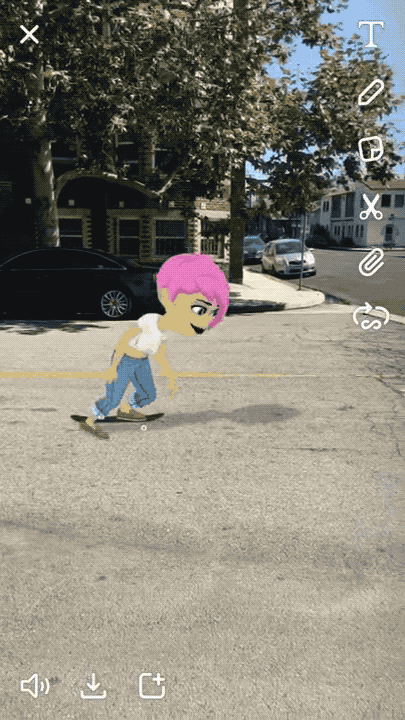
Demand for digital illustrators and user experience designers will continue to expand as graphics and interfaces are required to create interactive AR experiences.
How to Capture Hearts, Eyeballs, and Wallets
The new Adobe Creative Suite makes it easy to design emojis and animojis. Of course, Illustrator and Photoshop are old favorites for emoji design, but a recent addition to the suite is Adobe Dimension, a new tool for creating 3D assets, tailored for graphic designers accustomed to working in 2D environments. Other software for designing 3D assets include SketchUp and Tinkercad.
Adobe Stock also contains both 2D and 3D assets that emoji designers can download and customize. The Unity Store is another great resource for downloading stock 3D assets. This helps save time for freelancers, so that they can get down to business and add their own personal design touches.
In addition to designing for commissioned projects, emoji designers can also make money by selling their work through the Unity Store and other stock asset resources. Using Adobe Character Animator, graphic designers can create emojis that can be animated in real time during livestream broadcasts, yet another potential source of revenue for brands and designers.
By utilizing Apple’s iMessage app store, animojis, and augmented reality, brands can optimize their exposure and appear more fun and tech-forward as consumers will invest real emotions in association with the brands. Designers familiar with these spaces will discover a competitive edge because each space functions as an independent environment with its own etiquette and visual design standards.
Embrace the wave, evolve with emoji, design for the times, and get paid—because a picture is worth a thousand words, and maybe a few thousand dollars! ;)
Let us know what you think! Please leave your thoughts, comments, and feedback below.
Further Reading on the Toptal Blog:
Julie Rega
Brooklyn, United States
Member since February 25, 2016
About the author
Julie specializes in art direction, branding, and illustration, and she’s co-founder of an iOS app called COSIMO.
Expertise
PREVIOUSLY AT

